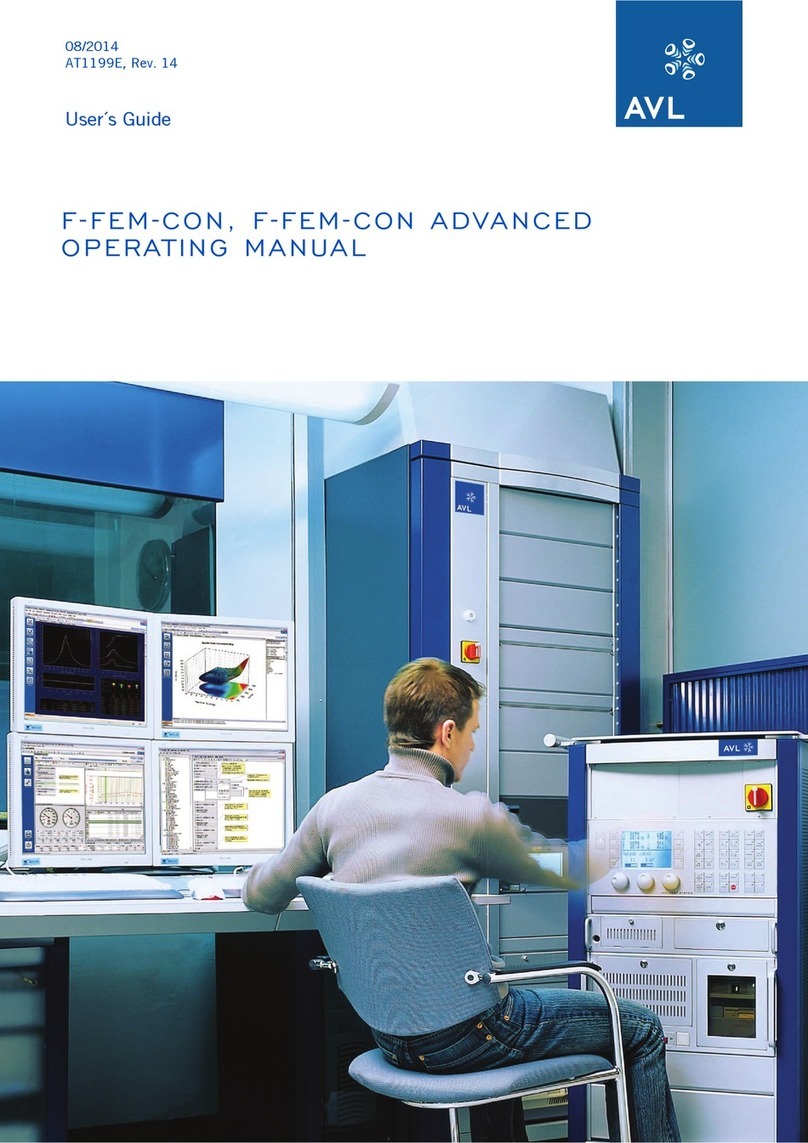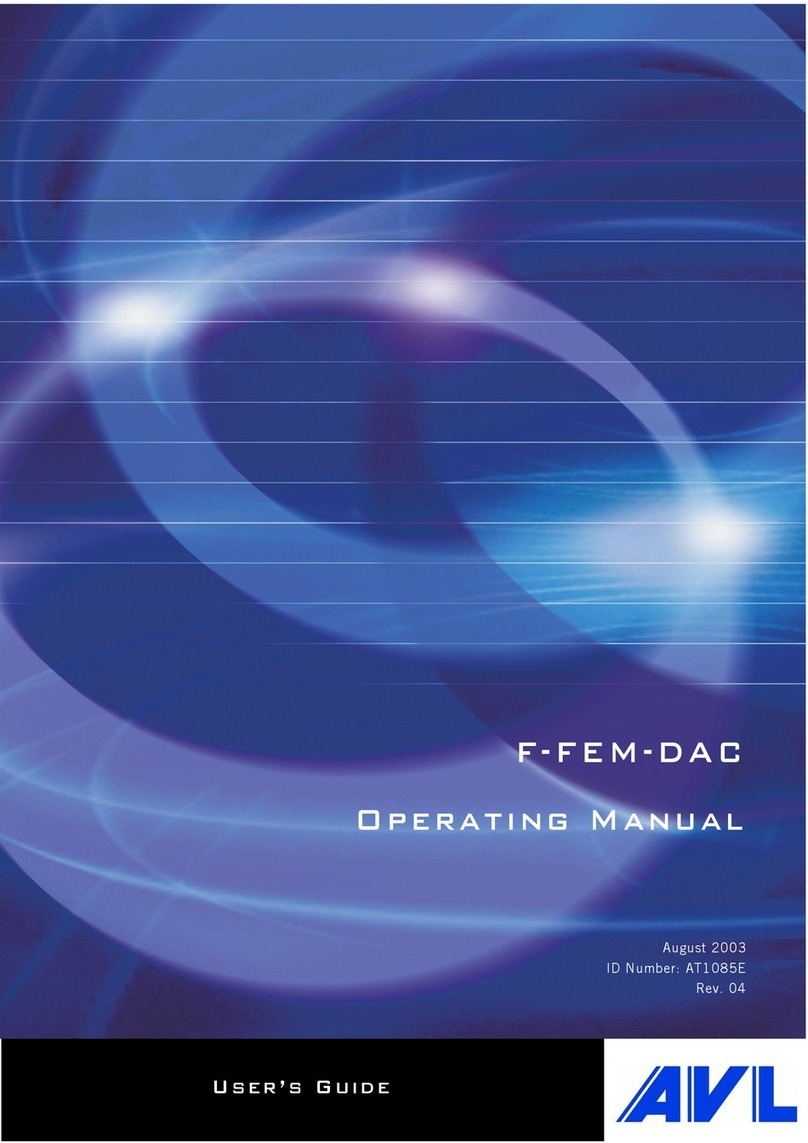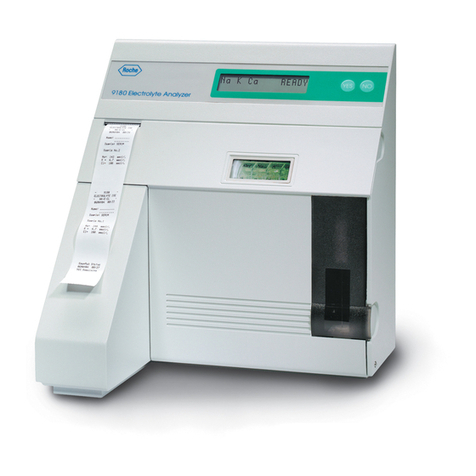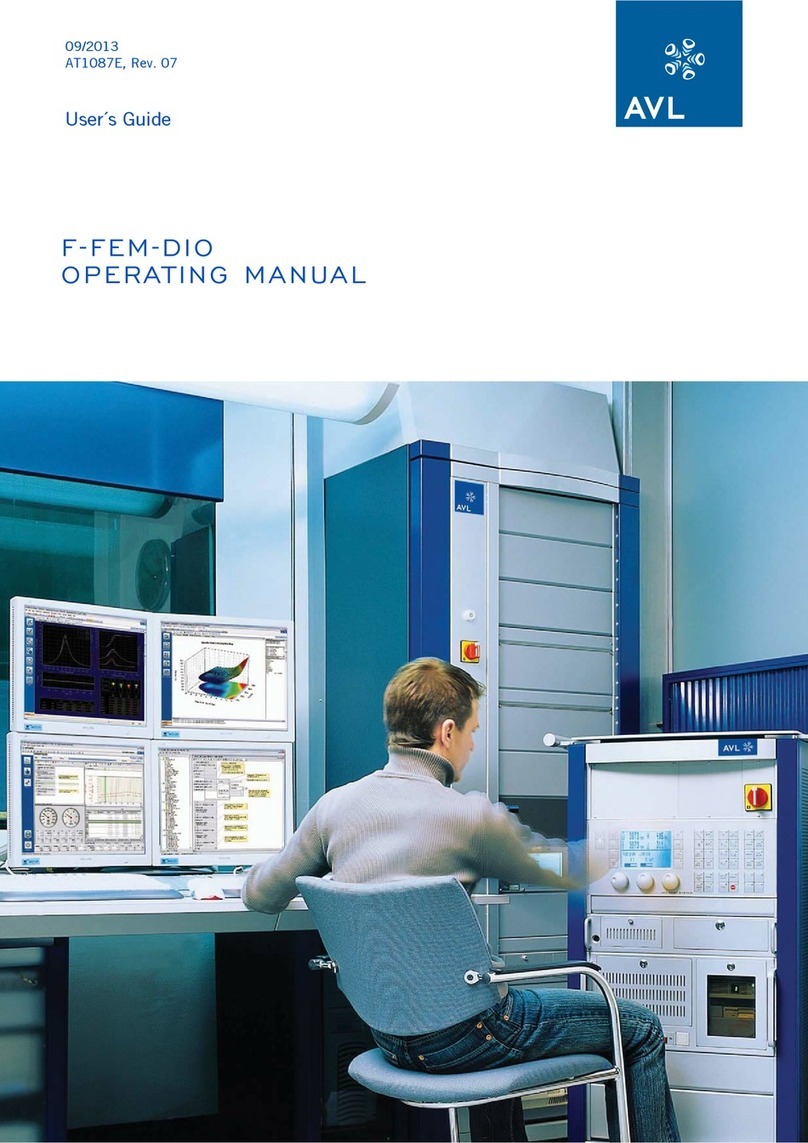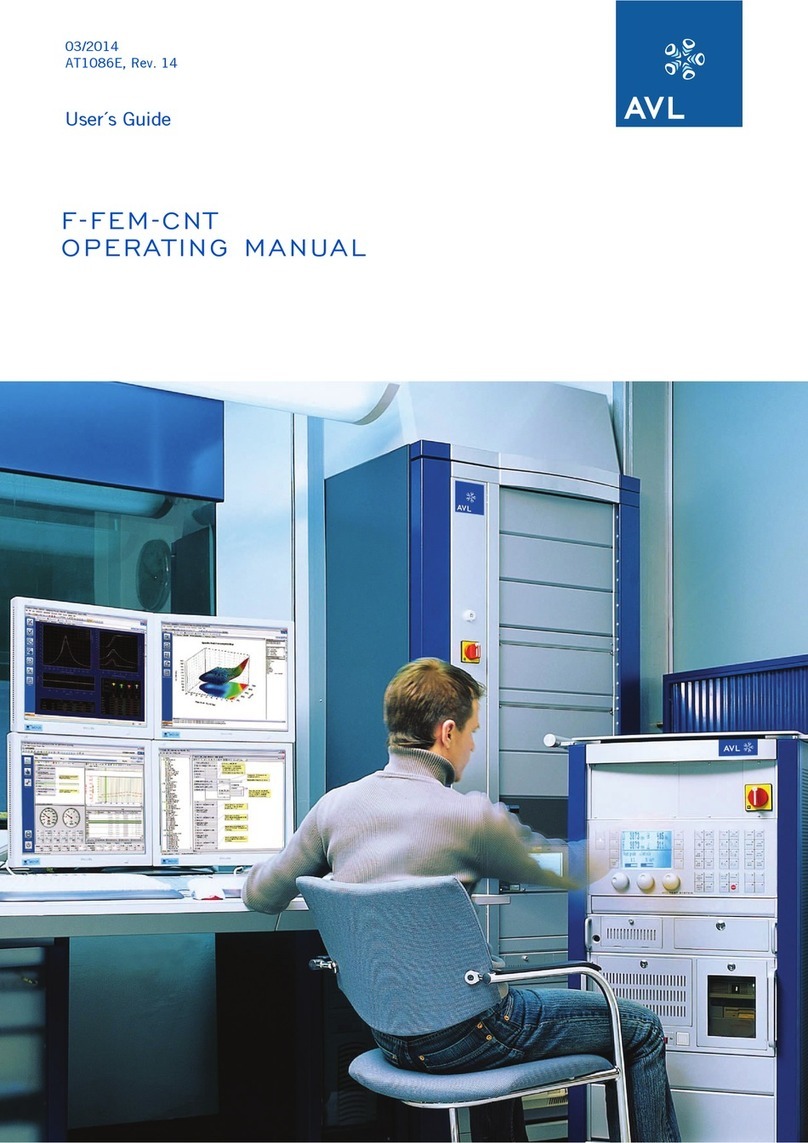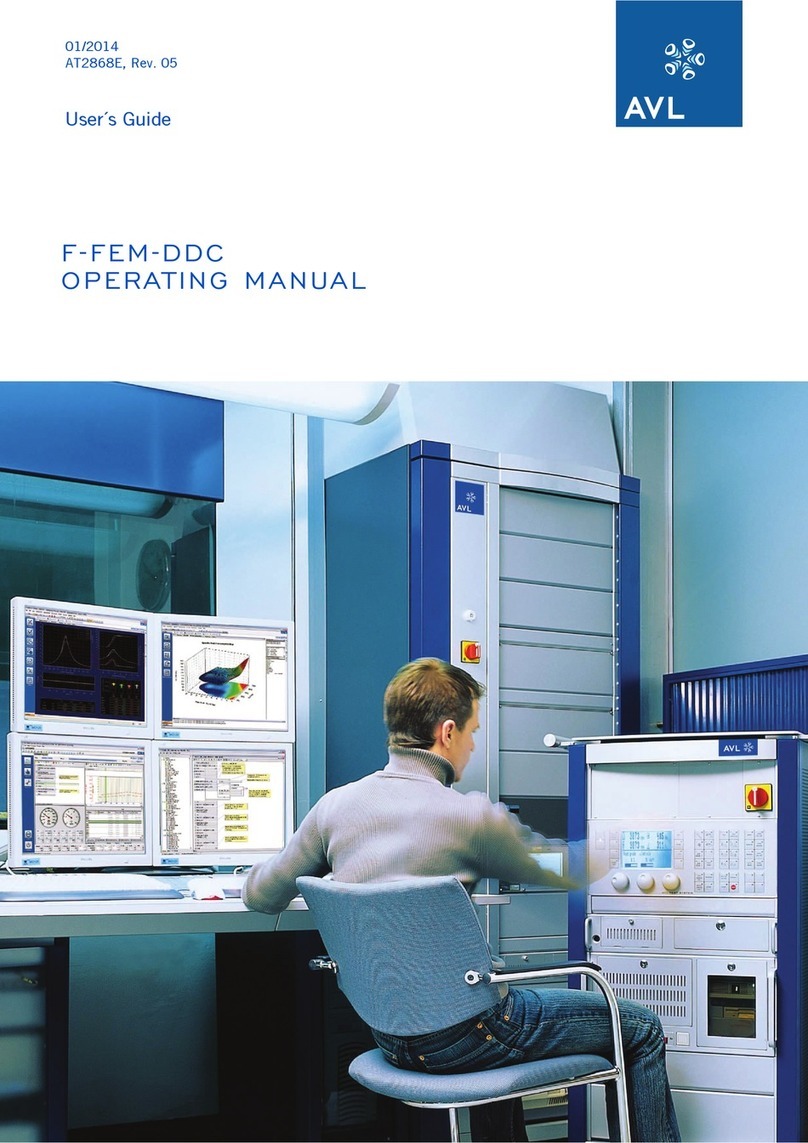
•This instrument falls under Safety Category I.
•This instrument is a Class B instrument.
This device complies with Part 15 of the FCC Rules. Operation is subject to the following two
conditions: (1) this device may not cause harmful interference’s, and (2) this device must accept
any interference received, including interference that may cause undesired operation.
Warning: Changes or modifications to this unit not expressly approved by the party
responsible for compliance could void the user’s authority to operate the equipment.
Note: This equipment has been tested and found to comply with the limits for a Class B
digital device, pursuant to Part 15 of the FCC Rules. These limits are designed to provide
reasonable protection against harmful interference in a residential installation.
This equipment generates, uses, and can radiate radio frequency energy and, if not
installed and used in accordance with the instructions, may cause harmful interference to
radio communication. However, there is no guarantee that interference will not occur in a
particular installation. If this equipment does not cause harmful interference to radio or
television reception, which can be determined by turning the equipment off and on, the
user is encouraged to try to correct the interference by one or more of the following
measures:
•Reorient or relocate the receiving antenna
•Increase the separation between the equipment and receiver
•Connect the equipment into an outlet on a circuit different from that to which
the receiver is connected.
•Consult the dealer or an experienced radio TV technician for help
Caution:
•The instrument is designed as a conventional device (closed, not waterproof type).
•Do not operate the instrument in an explosive environment or in the vicinity of
explosive anesthetic mixtures containing oxygen or nitrous oxide.
•This instrument is suitable for continuous operation.
•The power plug is to be plugged into a ground socket only. When using an extension
cord, make sure that it is of the proper size and is properly grounded.
•Any breakage of the ground lead inside or outside the instrument or a loose ground
connection can cause a hazardous condition when operating the instrument.
Intentional disconnection of the grounding is not permitted.
•When replacing the fuses, make sure that they are of the same type and rating as the
original fuses. Never use repaired fuses or short-circuit the fuse holders.
Operating Safety Information
iv
Operating Safety Information












